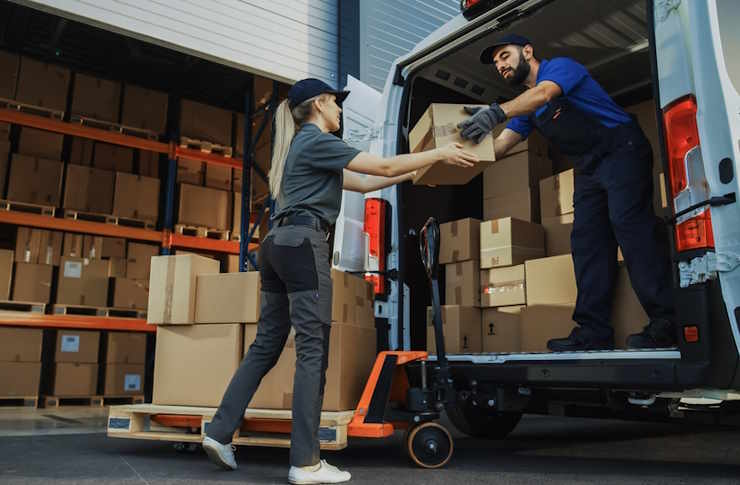Practical Guide to Delivery Jobs: Driver Roles & Options
Delivery jobs have become a flexible and accessible way to earn income, whether you want full-time work or part-time hours. This guide explains what delivery roles look like, what tools you need, and how food and package delivery differ. It’s written for people worldwide seeking clarity on driver responsibilities, vehicle needs, safety practices, and practical ways to find work in local services.

What does a delivery driver do?
A delivery driver picks up items from a business or warehouse and transports them to customers or drop-off points. Duties vary: some drivers follow set routes for scheduled shipments, while gig drivers accept on-demand orders through apps. Key tasks include route planning, safe driving, handling paperwork or digital confirmations, and providing courteous customer service. Accuracy and time management are essential because on-time delivery affects customer satisfaction and often influences tips and ratings.
Do you need a car for delivery work?
Vehicle needs depend on the role and local regulations. Many food delivery gigs accept bikes, scooters, or cars, while larger package routes typically require a car or van. Some couriers supply vehicles for commercial routes or require a commercial license for heavier trucks. Beyond ownership, consider fuel costs, maintenance, insurance, and whether the vehicle meets a company’s safety or branding standards. Riders should confirm vehicle requirements with prospective employers or platforms in your area before applying.
How do food delivery jobs differ?
Food delivery emphasizes speed, temperature control, and communication. Drivers must manage hot and cold items, pack orders to prevent spills, and navigate urban traffic during peak meal times. Many food drivers work for apps that pay per delivery plus tips; others are employed by restaurants. Customer interaction is often brief but important—confirming orders, following delivery instructions, and ensuring contactless or timed delivery when requested. Health and hygiene practices are also more prominent in food work.
What’s involved in package delivery?
Package delivery focuses on handling parcels of various sizes safely and efficiently. Drivers often use handheld devices for scanning, proof of delivery, and route updates. Expect heavier lifting, more frequent stops, and adherence to chain-of-custody or signature requirements for valuable items. Logistics companies emphasize package security, correct labeling, and damage prevention. Route optimization and familiarity with loading patterns improve efficiency; employers may provide training on safe lifting techniques and package sorting systems.
How to find delivery jobs in your area
Start by checking local logistics firms, courier services, restaurants, and supermarkets that offer in-house delivery. Gig platforms and delivery apps list openings for flexible work, while national carriers often post full-time opportunities with benefits. Networking with current drivers on social media or local forums can reveal openings and tips. When evaluating options, compare pay structures (hourly vs. per-delivery), shift flexibility, vehicle requirements, and any onboarding processes such as background checks or training.
Tips for success as a delivery driver
Success combines reliability, customer service, and efficient use of tools. Use GPS and route-planning apps to reduce drive time and fuel use. Keep an organized vehicle with insulated bags for food and secure compartments for fragile packages. Communicate proactively with customers about delays or special instructions and maintain a professional demeanor. Track expenses like fuel and maintenance if you’re an independent contractor—good records help manage earnings. Lastly, prioritize safety: defensive driving and proper lifting technique protect you and your customers’ goods.
Conclusion
Delivery jobs offer varied roles—from quick food runs on a bicycle to scheduled package routes in larger vehicles—each with distinct requirements and rewards. Understanding the differences in responsibilities, vehicle needs, and job structures helps you choose the right fit. Focus on safe practices, clear communication, and efficient routing to build reliability and satisfaction in this growing sector.






